

Have you ever wondered how animals manage to survive in the harsh Antarctic environment? What do they eat during those long winter months when ice and darkness cover the land and sea? Rights: ...
READ MORE

NIWA’s research vessel the Tangaroa went on an 8-week voyage to the Ross Sea to survey the marine environment and explore biodiversity in the region. The journey from February until mid-March ...
READ MORE

The Antarctic fish fauna is relatively small, with only around 325 species known and only about 135 reported to be found in the Ross Sea region. By comparison, coral reefs support very large fish ...
READ MORE
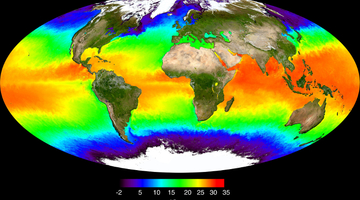
In this activity, students look at what happens when hot and cold water meet. By the end of this activity, students should be able to: discuss how temperature affects the density of water discuss ...
READ MORE

In this activity, students explore data on air and sea temperature and wind speed from Tangaroa’s 8-week voyage to Antarctica. Rights: National Institute of Water and Atmospheric Research (NIWA) ...
READ MORE

In this activity, students build simple models to demonstrate the differing impacts of melting land ice and sea ice on sea level rise. Rights: The University of Waikato Te Whare Wānanga o Waikato ...
READ MORE
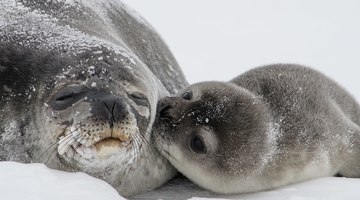
Weddell seals and orca are among the top predators in the Ross Sea region of Antarctica, and more than half of the Weddell seal population can be found in the Ross Sea. Information about changes ...
READ MORE
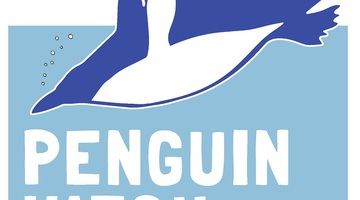
Help scientists establish valuable baseline data about the numbers, locations, habits and health of penguins in a range of Southern Ocean sites. This information will enable better understanding ...
READ MORE
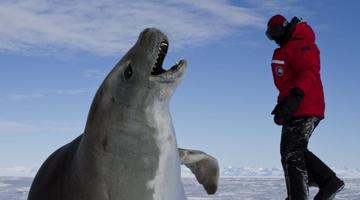
Antarctica’s crabeater seals are the focus of an international study led by the University of Canterbury. The aim is to understand potential environmental and social impacts on one of the ...
READ MORE

Students develop their knowledge of selective sheep breeding so they can formulate an argument and make ethical decisions about breeding easy care sheep. Rights: Photographer: Susie Scobie ...
READ MORE
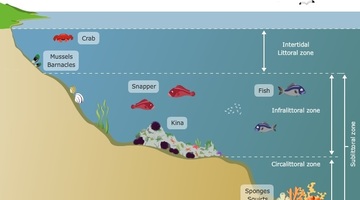
The rocky shore is a popular topic in primary school science. Below are some Science Learning Hub resources for primary teachers related to the rocky shore in the Living World strand of the New ...
READ MORE

In this unit, students develop their knowledge of transgenics so they can formulate an argument and make ethical decisions about using transgenic cows to make medicines to treat human diseases ...
READ MORE
Stacey Mulgrew, the Land Information representative gives a tour of the ship. Stacey starts on deck and explains the decks of the ship using the ship’s deck plans. She shows where one of the ...
READ MORE
Andrew Stewart is discussing the adaptations of the Antarctic silverfish. Points of interest for teachers: Students may want to discuss why the icefish does not have red blood. Why is more oxygen ...
READ MORE
The video shows the so called beam trawl being pulled up on board and emptied. Samples are taken into the laboratory for sorting. Kareen Schnabel shows some of the species that were found and ...
READ MORE
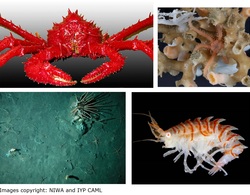
This short slideshow shows some of the animals found in the Antarctic benthic zone. Use the Slideshow menu for further options, including view full screen, and go here for the download option.
READ MORE

This interactive shows the techniques used to make transgenic animals at AgResearch in New Zealand. Molecular biology techniques such as restriction enzyme digests, ligation, tissue culture and ...
READ MORE

This interactive shows how scientists confirm a newborn calf is a transgenic animal. View the steps AgResearch scientists use to produce a transgenic cow in this related interactive.
READ MORE